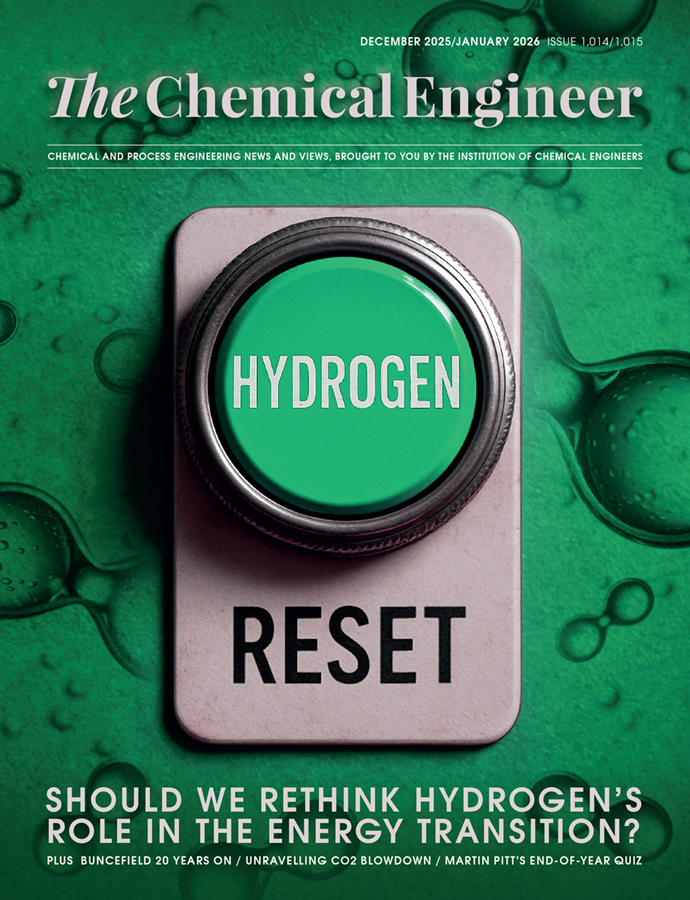Industry releases CO2 specification guidelines for engineers designing carbon capture networks

IN a bid to support the growth of carbon capture usage and storage (CCUS), partners from across industry have published a free suite of technical guidelines on how to set the CO2 specification for an entire supply chain.
The work has been led by Wood and involves more than a dozen research and industry partners including DNV, Harbour Energy, Petronas, and Shell.
Impurities in captured CO2 can impact the cost and operability of a CCUS chain. For example, impurities in a CO2 stream could react and corrode pipelines or cause blockages that lead to disastrous failures. The guidelines have been developed to help engineers understand the impact across capture, transport and storage, and identify the CO2 conditioning required to safely operate their projects.
The guide’s 11 chapters cover the current knowledge and further research needed on the impact of impurities in areas including thermodynamics, chemical reactions, materials corrosion, capture, and economics. It also includes a worked example of how to set the maximum allowable level of impurities for a fictitious CCUS network designed to capture emissions from a refinery, power station, steel plant, and direct air capture facility.
Azad Hessamodini, executive president for consulting at Wood, said: “CCUS will undoubtedly play a crucial role in reducing emissions from hard-to-abate sectors. These guidelines will support the safe and effective design of projects while minimising operational risks.”
The guidelines are available to download here, and the project partners have asked users to submit their feedback.
Recent Editions
Catch up on the latest news, views and jobs from The Chemical Engineer. Below are the four latest issues. View a wider selection of the archive from within the Magazine section of this site.




